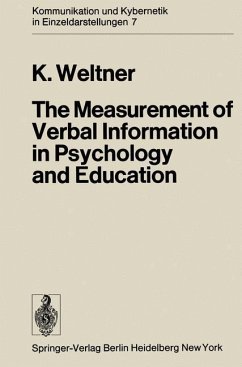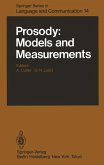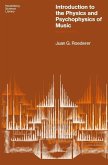Information theory and cybernetics have developed along somewhat different lines in Europe and in the U. S. A. This book is to be seen as a contribution towards bridging the gap. Anyone who seeks to apply information theory in the fields of education and psychology very soon comes up against a central diffi culty: in the form in which it was developed by Shannon information theory excludes the semantic aspect. This problem is fundamental for in education, as in psychology, the semantic aspect is the very heart of the matter. Thus, while Attneave, Miller and Quastler, among others, successfully employed the concepts and units of measurement of in formation theory in the interpretation of the findings of experimental psychology, they were obliged to restrict their work to its syntactic and statistical aspects. Before we can make use of the methods and results of information we have to solve the central problem: How can theory in actual teaching, we measure the semantic information of a verbal message? The only way to do this is by extending the theory. A special concept has been deve loped for this purpose: subjective information. In place of an objectively measurable quantity (frequency of sign sequences) we set an empirically determined one: the subjective probability with which the recipient expects a certain sign sequence.
Dieser Download kann aus rechtlichen Gründen nur mit Rechnungsadresse in A, B, BG, CY, CZ, D, DK, EW, E, FIN, F, GR, HR, H, IRL, I, LT, L, LR, M, NL, PL, P, R, S, SLO, SK ausgeliefert werden.









